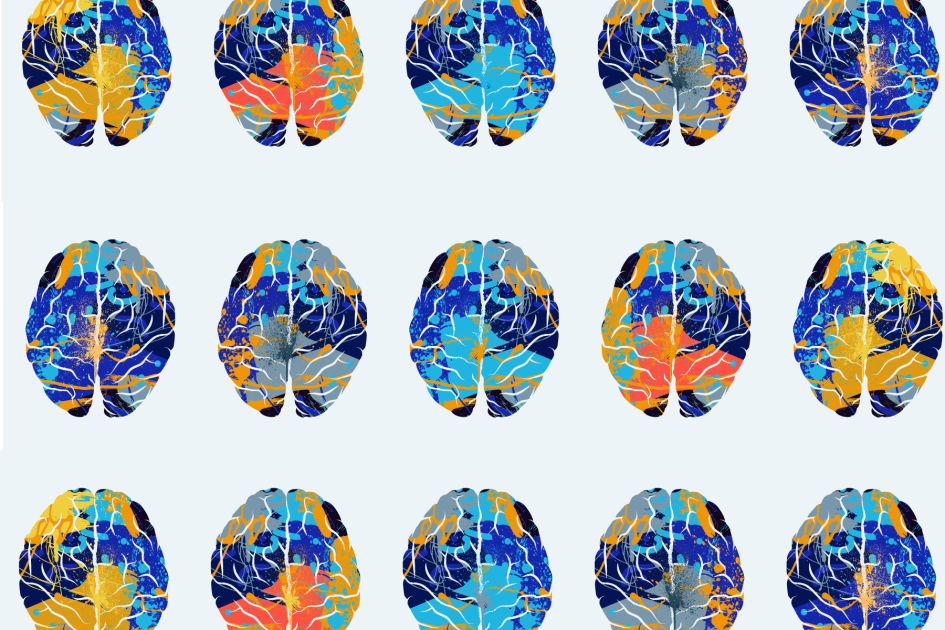Roughly 1 in 5 children in the United States are estimated to be neurodivergent, with a range of learning and thinking differences. Those differences have nothing to do with intelligence—but derive from how their brains receive, process, and respond to information.
In a short span of years that included the pandemic, students identified as being eligible for supports and services under the Individuals with Disabilities Education Act surged, with 7.5 million students qualifying under IDEA in the 2022-23 school year, up from 7.1 million in 2019. While not all students who are identified as being neurodiverse receive formal services, many benefit from more informal supports provided by their schools and teachers.
For educators to more effectively support such students, they need to first understand some basic facts and figures. Here are data snapshots of five common types of neurodiversity and learning differences in students.
Attention Deficit/Hyperactivity Disorder or ADHD
A neurodevelopmental disorder, ADHD can affect a child’s ability to pay attention, sit still, and resist acting impulsively. Those behaviors can make school a difficult setting for children with ADHD who don’t have supports.
ADHD’s prevalence varies across demographic groups. Its symptoms can be mild, moderate, or severe, meaning that schools must serve students whose needs are widely variable.
Autism
Autism spectrum disorder is a neurodevelopmental disorder that has grown in prevalence over the past two decades. It can affect many aspects of a person’s life, including how they receive, respond to, and process information, how they respond to social cues, and how they communicate.
Dyscalculia, Dysgraphia, and Dyslexia
These three learning disabilities—dyscalculia, dysgraphia, and dyslexia—affect students’ ability to do math, write, and read, respectively.
Images/Getty


1 Comment
nmb30o